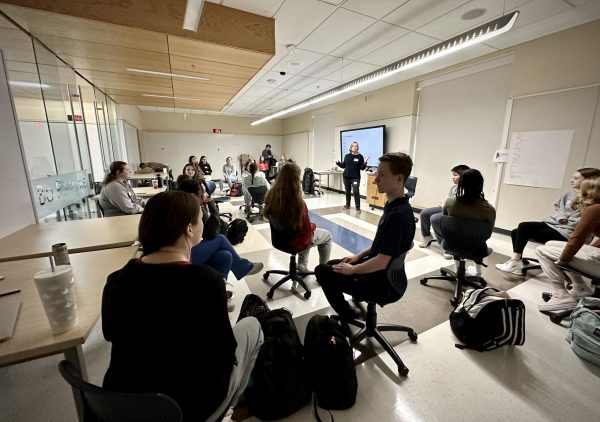Hurricane Ian and the Ever-Present Threat of Climate Change
October 11, 2022


On Wednesday, September 28, 2022, Hurricane Ian made landfall in Southwest Florida. The massive natural disaster was one of the most powerful storms to hit the U.S. and is proving to be the most expensive storm in the history of Florida. The hurricane was considered a category 4 because of its 150 mph winds but was only 7 mph short of being considered a category 5 storm.
In Fort Myers, the surge of the water was around 12-14 feet which is around the height of a story in a building. The storm’s damage could amount to as much as $47 billion and the current death toll is at least 125.
Right off of Fort Myers, Sanibel Island’s homes are demolished and the island is considered uninhabitable. The large Sanibel Bridge has been destroyed by the hurricane cutting off the path going to and from the island.
The Hurricane destroyed buildings and ravaged towns. More than 80,000 properties in Florida were affected by flood waters. Power structures in many of the areas that were hit hard are almost completely destroyed making it hard for many to contact others. Many people in places that were hit hard are currently without homes, electricity, and a water supply. People are jobless and homeless all throughout Florida. The question on everyone’s mind now is recovery and rebuilding what once was there.
As Hurricanes like Ian become stronger and more frequent, scientists continue to point their finger at climate change. This global natural disaster warms the oceans and the air making hurricanes wetter and slower, allowing large amounts of rain to fall in one spot for longer. Climate change also strengthens winds adding to hurricane damage. Additionally, Ian hit places that are usually missed by hurricanes which surprised inland residents that may have been unprepared for the severe catastrophe. So, if people around the world cannot control the climate disaster that is destroying our earth, stronger hurricanes will happen more often, cause mass damage, and affect more people.
Donate to hurricane relief: https://www.redcross.org/donate/hurricane-ian-donations.html/
















